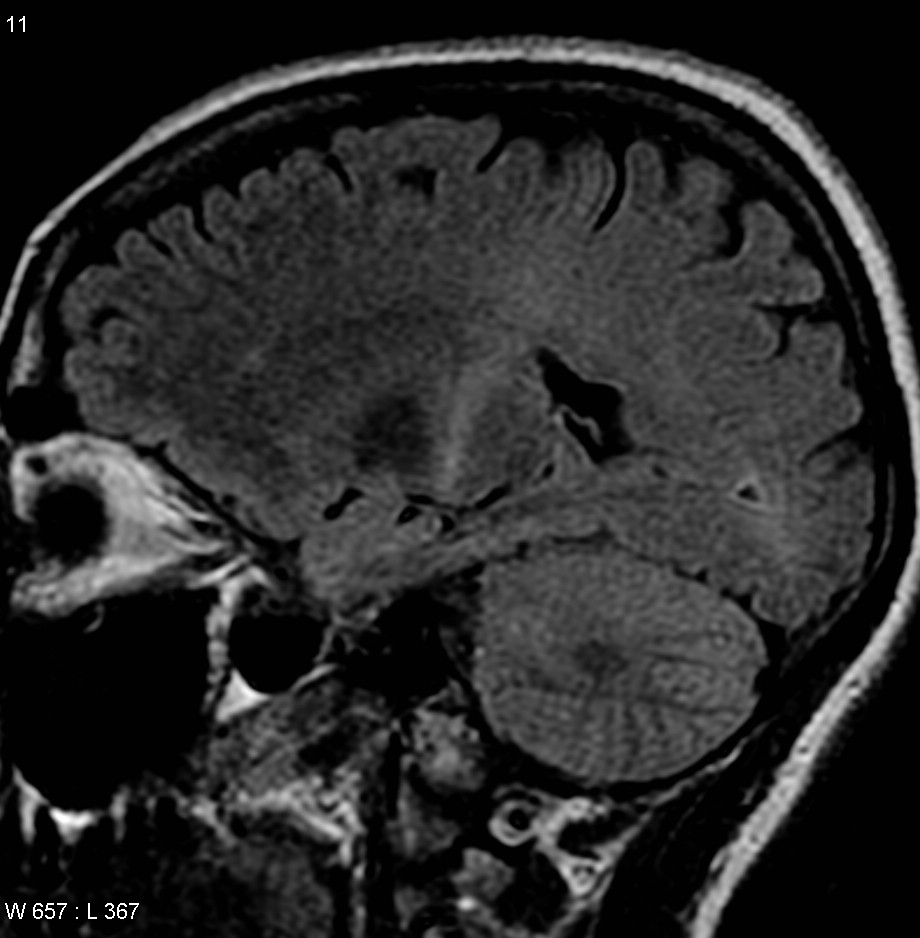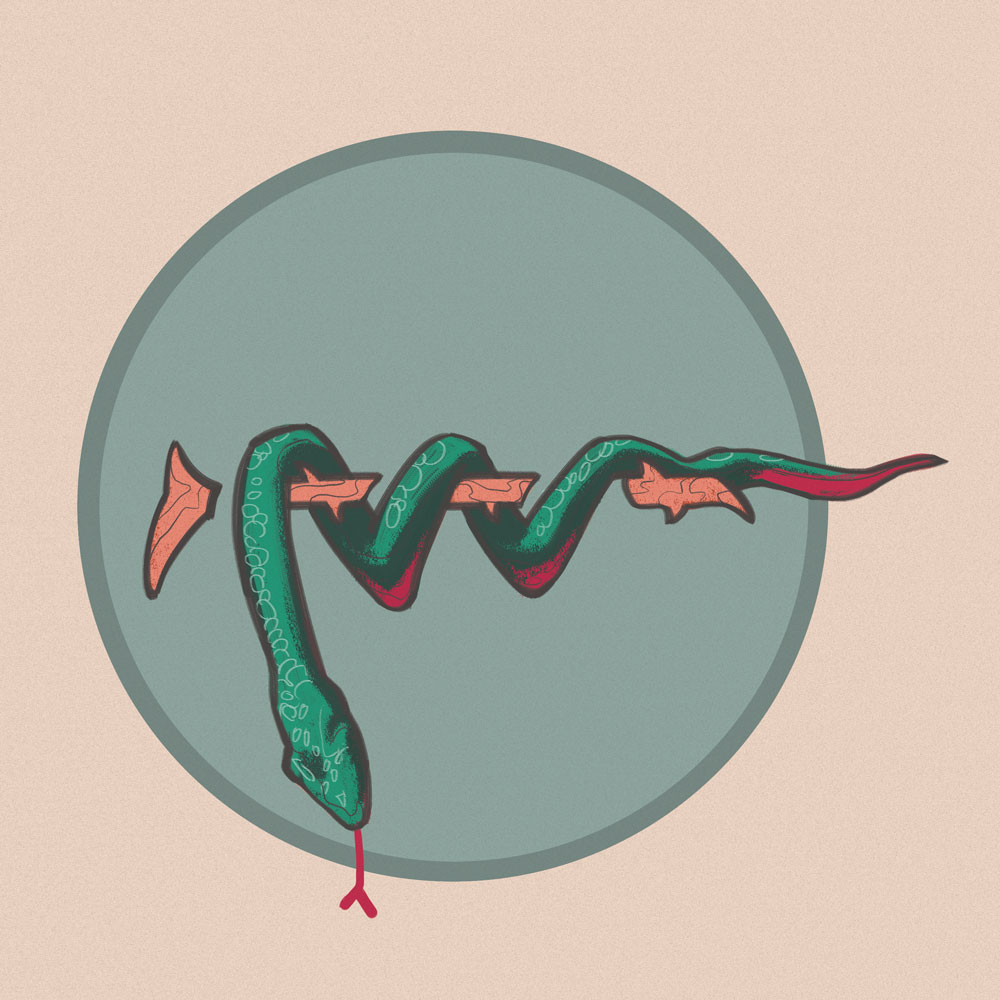A team of researchers and graduate students from the University of Manitoba has made a discovery concerning amyotrophic lateral sclerosis (ALS), more commonly known as Lou Gehrig’s disease. ALS attacks the motor neurons, causing a gradual loss of voluntary muscle function. It causes several disabilities, and in most cases results in death within a few years. In some rare cases, such aslike that of the 71-year-old British theoretical physicist Stephen Hawking, the patient survives much longer than average. The disease generally affects people between the ages of 40 and 60. Between 2,500 and 3,000 Canadians suffer from ALS.
For nearly a decade, Geoff Hicks, director of the Regenerative Medicine Program at the U of M, has been studying the gene that encodes the FUS/TLS protein, especially as it relates to cancer. In healthy cells, the protein is able to travel into the nucleus, where it participates in a negative feedback loop that keeps protein levels stable.
With FUS/TLS mutants, the signal on the protein that allows it to be recognized by the nucleus is disrupted. As a result, the protein is unable to make its way into the nucleus, which breaks the feedback loop. The protein then continues to accumulate in the cytoplasm of the cell. The accumulated protein disrupts the normal function of the cell, which begins to lose functionality and die, resulting in the characteristic pathology of ALS.
“In the context of the ALS disease, you have this runaway train situation, because you’re continuously making more of this protein, which is harmful to the cell,” said Hicks in an interview with the Winnipeg Free Press. The cells affected in ALS are the motor neuron cells-the nerve cells responsible for voluntary muscular movement-in the brain and spinal cord. In patients with ALS, there is progressive degeneration of these motor neurons: – first they lose function throughout the arms and legs, and eventually in the throat and diaphragm. Most people with ALS die from respiratory failure. There is no cure for the disease, and no standard treatment for slowing its progress.
Interestingly, a correlation has been determined between the amount of protein accumulating in the cytoplasm, and the age of onset of ALS. It turns out that the more FUS/TLS protein aggregation there is outside of the nucleus, the earlier the disease is prone to occurring.
With their discovery, Hicks and his team have acquired a deeper understanding of the disease at the molecular level. “It really is a breakthrough. It’s revealing a new direction that can really be chased down to find new avenues [of treating disease],” Hicks said to the Free Press.
Dr. Hicks could not be reached by the Manitoban for comment.





Hope, Faith, Science, Love, and the good Lord above …a CURE WILL BE FOUND SOON!!! I believe it will be very soon!
Are there any current clinical trials ????? My cousin is a 36 year old black male with no previous family history, do you have any suggestions???